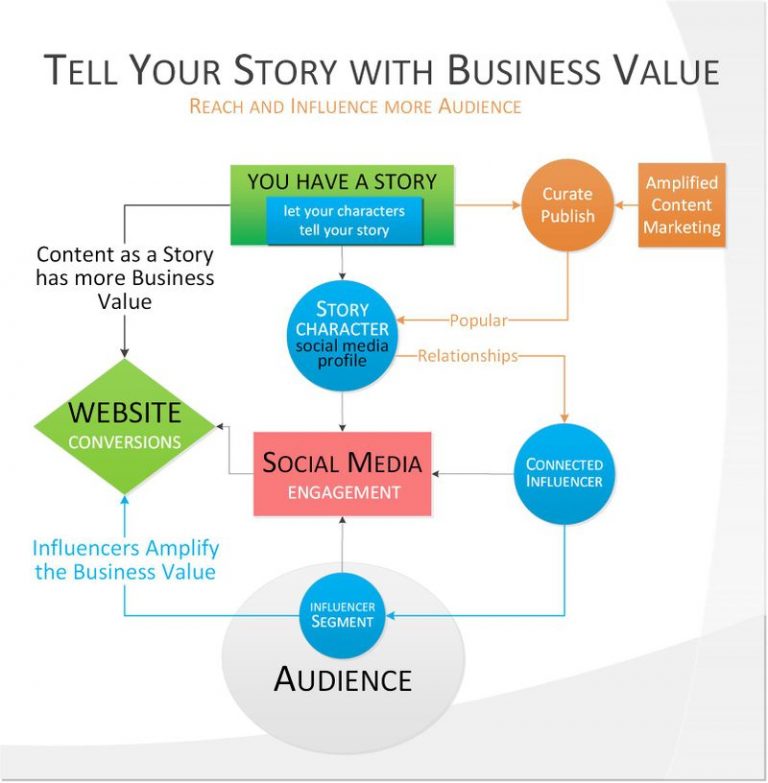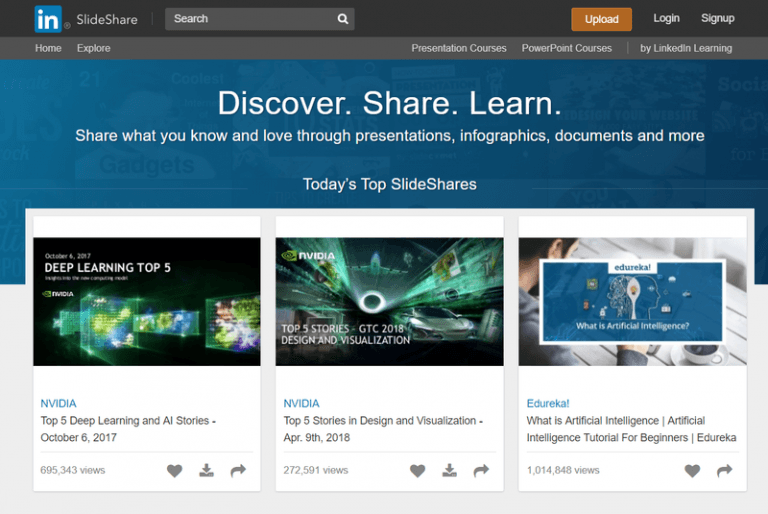Google will be offering free dark web monitoring to all consumer account holders starting at the end of this month. Consumers can set up alerts to get notified if their personal information appears on the dark web. The dark web is a hidden part of the internet used by hackers to sell personal information from […]
Intel Unison: text from your iPhone on Windows
Unlock your connected world and multi-device experience to enjoy the freedom to work across operating systems. Intel® Unison™ seamlessly connects your PC and mobile devices for a universal, easy to use experience. You may have heard talk of Intel Unison recently, which makes sense because it’s a pretty exciting tool. Intel announced Unison in September […]
Attracting Audience Attention
How to Attract an Audience with Creating Captivating Content To be successful, every business has to tell its stories. These days, such stories are usually told through posting content online in blogs, articles and social media. But just pushing content onto the web is meaningless if it doesn’t interest the audience. In an online world […]
The Death of Microsoft’s LinkedIn’s SlideShare
In 2016, SlideShare had over 70 million unique visitors per day, and it was listed by Alexa as one of the top 100 most visited websites in the world. At its peak, it was such a powerhouse that Obama used the network to post his birth certificate. It also stood for years as a premier […]
Tips from the Top Ten Inspirational Books
Tips from Ten Inspirational Books Find Your Element by Ken Robinson Start With Why by Simon Sinek Purple Cow by Seth Godin Tipping Point by Malcolm Gladwell Getting Things Done by David Allen The Seven Habits Of Highly Effective People by Stephen Covey The 4-Hour Workweek by Tim Ferriss The Innovator’s Dilemma by Clayton Christensen […]




